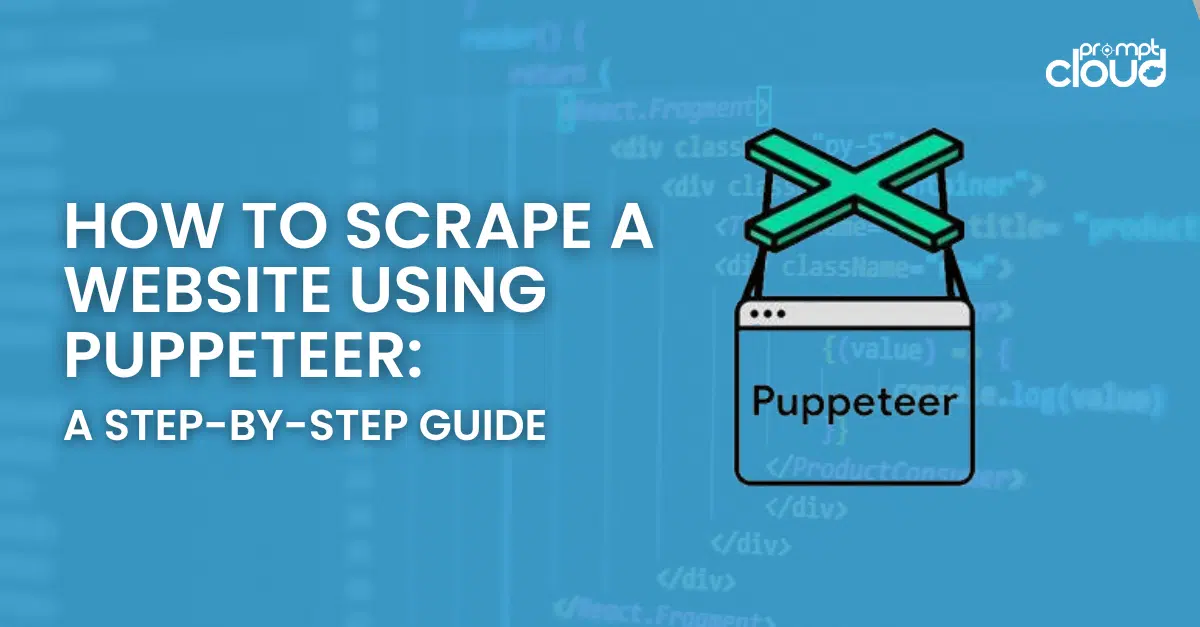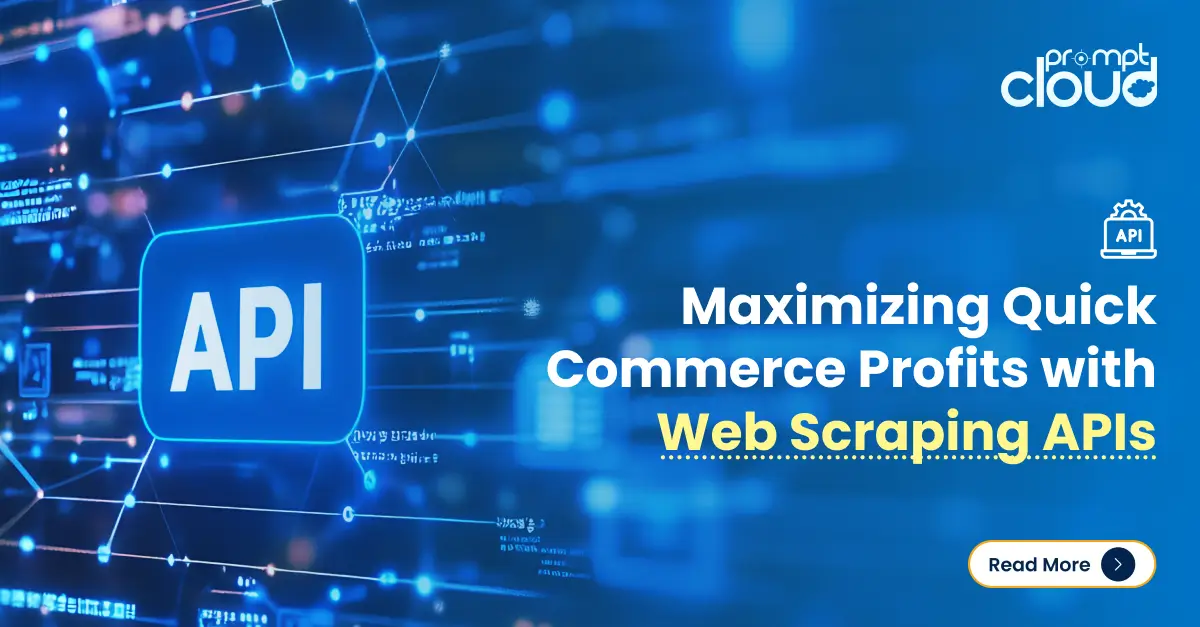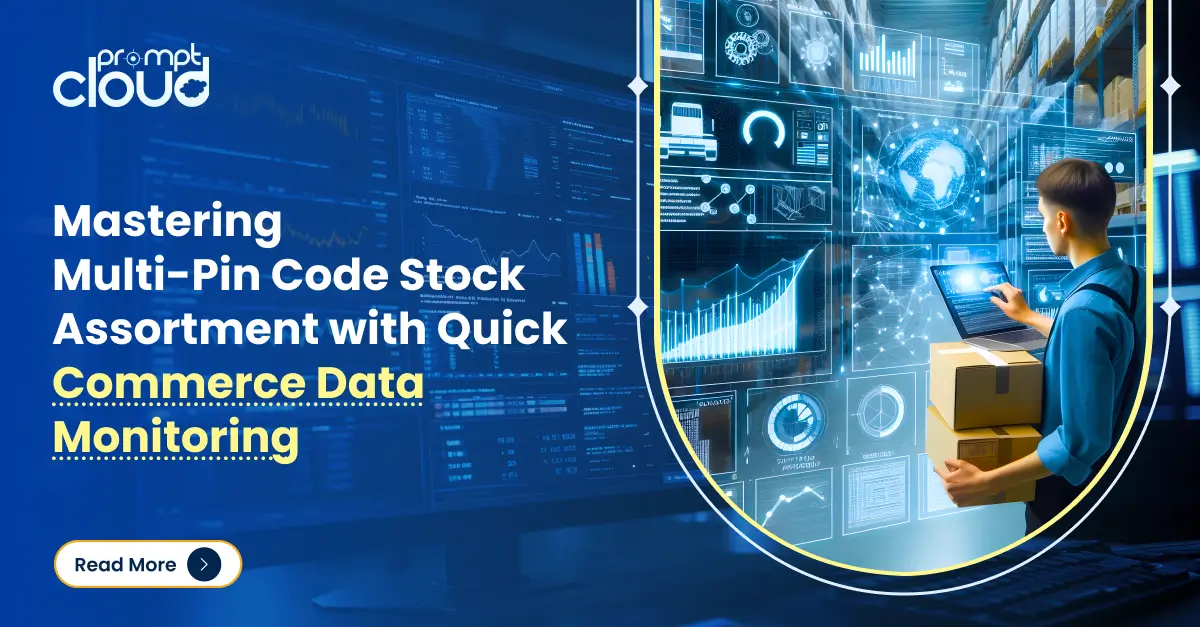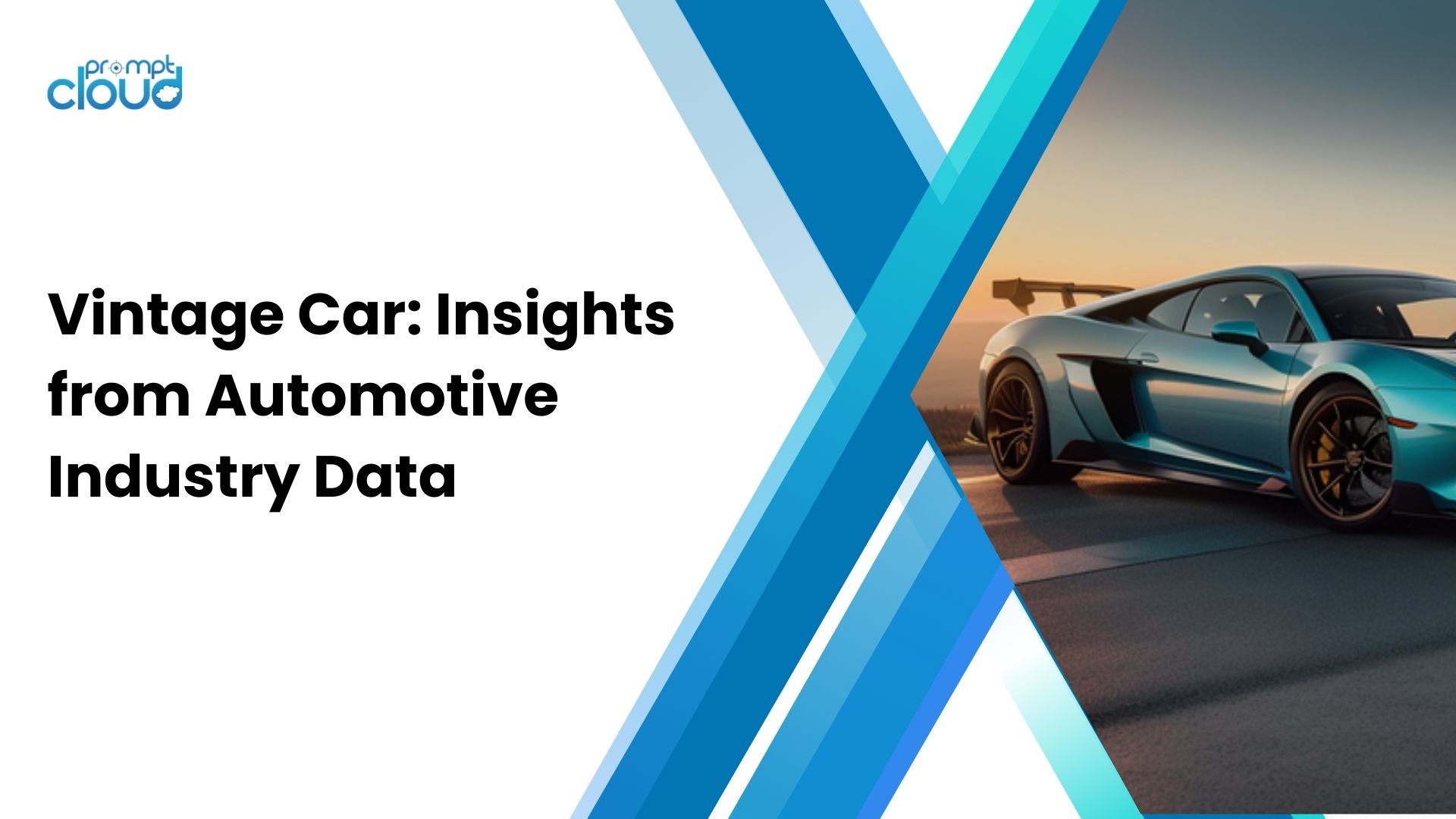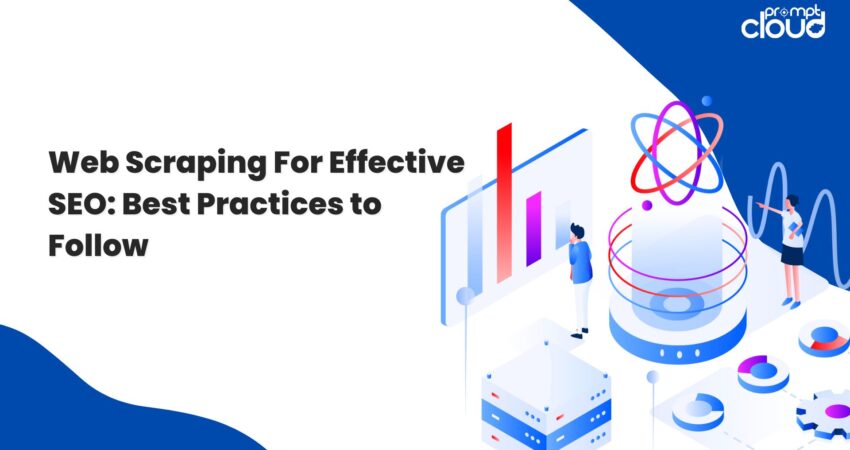
SEO always implies highly practical, hands-on work with data, whether on-site or off-site. This is exactly where web SEO data scraping fits in. Web scraping is a common technique used in SEO for extracting data from websites and other online sources and using it for search optimization.
If you’ve never done data scraping in SEO before, you can drown in a vast ocean of possibilities, depending on your goals. Nevertheless, several web scraping best practices always stand out. They allow you to get the most value from web scraping for your SEO.
Today, we’ll tell you about some of the most efficient and sought-after practices the professional SEO community uses.
Leverage API Access When Available
API stands for Application Programming Interface. APIs are interfaces comprising sets of protocols and rules that allow various software applications to effectively talk to each other.
In the SEO world, APIs help your website or the particular application you use for web scraping to interact with the target sources online – websites and pages that can provide your SEO with valuable data.
APIs bring order and automation to the otherwise chaotic exchange of data. They enable error-free and ethical website crawling, avoiding direct HTML code scraping.
Many renowned organizations and platforms, like Moz, Ahrefs, Google Search Console, and SEMrush, employ APIs to enable structured access to the target websites. In particular, they allow you to avoid the following problems when you scrape a website for keywords or other SEO-relevant data:
- IP blocking
- Captchas
- Legal complications
- Website overloading via multiple requests
With APIs, you guarantee yourself data accuracy, real-time, structured updates, and data integrity. Rely on APIs whenever possible, and prioritize SEO tools and applications that work with APIs.
Track Backlinks and Identify Link-Building Opportunities
No article about SEO should skip the topic of backlinks and link-building. Ours is no exception. Backlinks continue to be among the most effective authority-building and ranking factors in SEO. They are like road signs, or better to say, portals that connect your website with other resources on the internet.
As part of your web scraping practices, you should focus on tracking the health of your backlink profile and continuously stay on your toes for new link-building opportunities. And if you notice that your website or social media page lacks quality backlinks, consider buying some to get immediate results.
Diverse pricing plans to buy backlinks are available from link-building marketplaces and agencies, and you are free to choose the one that suits your budget and content marketing goals. This is especially critical for off-page and local SEO strategies.
Here is a quick summary of how you can explore link-building opportunities through SEO scraping:
- Guest posting – utilizing tools like SEMrush and Surfer SEO, you can identify worthy resources online to post your content with embedded backlinks to your website;
- Broken link-building – web scraping will reveal opportunities to replace the existing broken links on targeted competitor websites with perfectly functional ones linking to your resources;
- Unlinked brand mentions – analyzing web data can help you capitalize on your brand mentions, i.e., supplement brand mentions with quality backlinks;
- Traffic conversion – last but not least, optimize your website to capture inbound traffic with well-designed landing pages. Use dofollow outbound links to connect with high-authority partner sites, enhancing credibility and SEO impact.
Web scraping tools will allow you to locate online directories with high potential for link-building. The key benefits for your brand will include increased visibility, higher authority, and organic searches with a boost in traffic, to name a few.
Respect Robots.txt and Website Policies
Modern web culture favors ethical SEO data scraping practices. Companies and software applications that follow these practices get authority benefits and can count on trustful mutual relationships with other websites.
By ethical practices, we mean following the Robots.txt files and website policies, if available. Some websites, especially the ones with strong online reputations, intentionally implement guidelines for bots/crawlers and humans.
Robots.txt is a special file with instructions intended for bots crawling websites. Basically, it tells bots which pages can be crawled/scrapped and which cannot. It also sets the limits on the depth of website crawling.
Here are some of the best web scraping in marketing practices for you to follow as much as website policies are concerned:
- Check Robots.txt first – before scraping any website, review its Robots.txt file (example.com/robots.txt) to check what the developers and owners allow and what not.
- Follow website terms of service – many online resources explicitly provide data usage policies that should be respected. You can find such terms in a separate text file available on the main page.
- Use proper scraping rate limits – avoid overloading servers with too many requests. This can be configured in the settings of the tool you use (e.g., SEMrush).
Websites intentionally restrict access to certain pages for privacy reasons. Your duty, if you want to avoid SEO penalties and support the long-term growth of your business, is to address these limitations and policies properly.
Rotate IP Addresses and User Agents
In many cases, respecting Robots.txt and following website crawling policies don’t guarantee a flawless SEO scraping experience. This is because, to collect web data effectively, we cannot rely on tools and bots extensively. Not all websites appreciate that and may block your efforts.
The workaround is to rotate IP addresses and user agents to mimic human behavior as much as possible. By rotating IP addresses, you can trick donor websites into believing that the requests for data are generated by humans, not bots.
Many websites restrict multiple accesses from a single IP address. As a consequence, they may implement restriction measures like CAPTCHAs or bans. By changing your IP addresses, you can effectively overcome this restriction.
By rotating user agents, you get similar benefits, as websites track user agents to differentiate between bots and human visitors. Rotating user agents frequently (but not in repeating patterns), you can simulate real user traffic.
Clean and Normalize Scraped Data for Accuracy
As much as we tend to overexaggerate the value of big data, we also overlook the fact that not all data is accurate. In fact, much of the data online is garbage.
When scraping data from websites, we may not immediately get what we want, i.e., meaningful information and insights. To extract the maximum value from your SEO data scraping, you need to normalize and clean it, for example:
- Remove duplicates and errors (missing and incorrect values are very common in raw data);
- Standardize data to a common format.
The above are critical steps to take to prepare for analysis and discussion (which enable informed decision-making).
Other best practices in data normalization and cleaning include:
- Validate URLs and links: URLs should ideally be absolute, i.e., containing the full path, as relative URLs are only good for internal website navigation and have little value for off-page SEO.
- Handle missing data: To avoid arriving at wrong conclusions, make sure the date you obtain does not have any missing value. Either fill in the gaps (if you know what values they should contain) or delete them altogether.
SEO is a precise discipline. If you want to boost your website authority and achieve high website search engine rankings, you need to take data handling seriously.
The Final Word
Following the above practices will guarantee you get the maximum from your web scraping. However, that may only work here and now, since SEO doesn’t stand still.
Websites and search engines constantly change and update their policies and regulations. Your optimal tactic, in this case, is to monitor search engine algorithm changes through data trends and press releases.
As we write this post, a fundamental shift towards GEO (generated engine optimization), or the large language models, occurs. This doesn’t mean SEO is going away; on the contrary, it will stay, but much of what we know and practice when scraping in SEO today may rapidly change to favor the new AI models.











